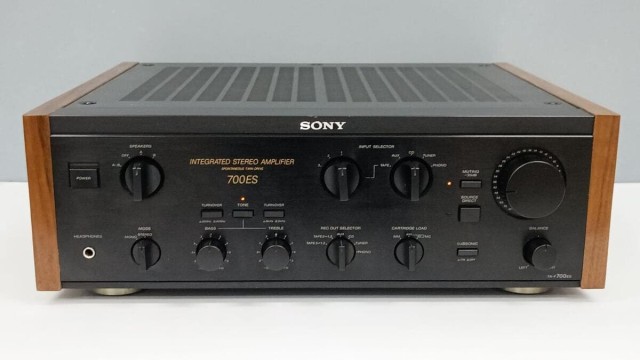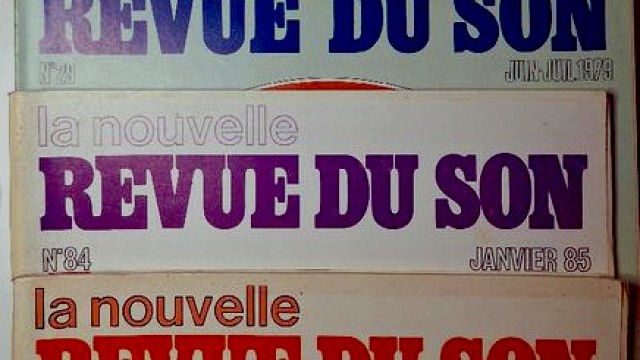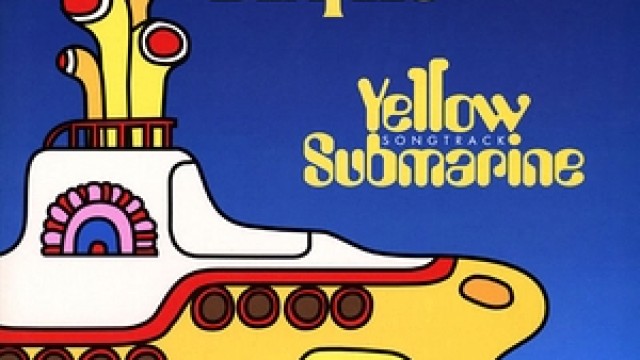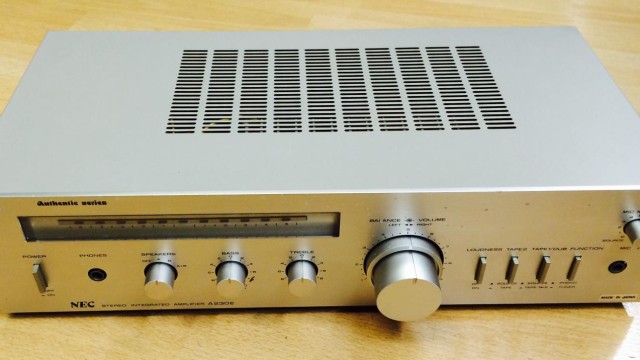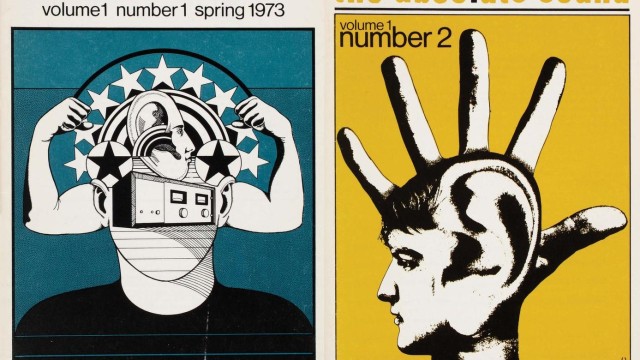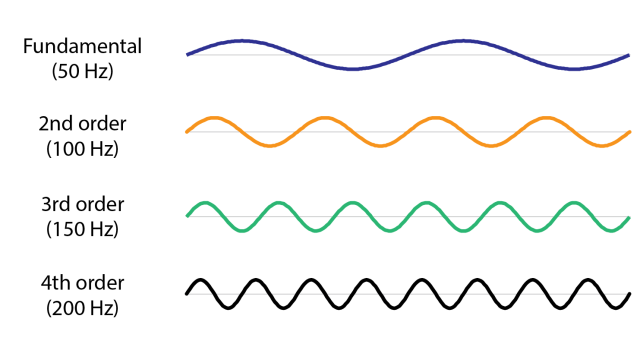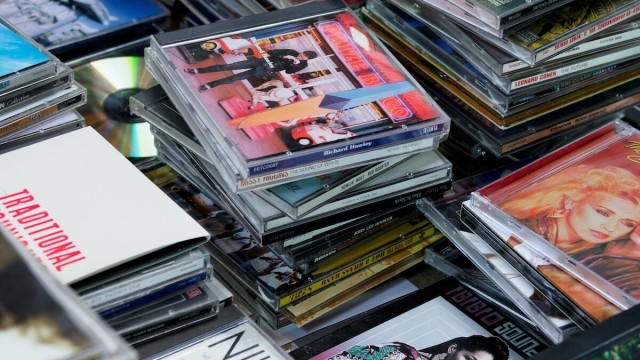
LaserDisc as an audio format for high quality music listening
The Laser Disc was a format created to compete with the VHS and Betamax videotapes, but due to its high cost it was never imposed, although the manufacture of the discs meant a cost reduction compared to the complexity of the tapes.
It was a disc of similar size to a vinyl LP record (a diameter of 30 cm / 12") that had two metallic faces where it stored the information in analog format (audio and video).
But it allowed to use two audio tracks in digital PCM format in CD quality: 16 bits and a refresh rate of 44.1 Khz in the PAL version and 44.056 Khz in the NTSC version. Even Dolby Digital 5.1 or DTS 5.1 on NTSC discs.
The possible audio combinations were different on NTSC (for American TV sets) and PAL (for European TV sets) discs.
NTSC discs:
• 2 analog channels (the last discs with this format were made in the 80's)
• 2 analog channels + 2 uncompressed digital channels
• 1 analog channel + 2 uncompressed digital channels + 5.1 Dolby Digital channels
• 2 analog channels + 5.1 DTS channels
PAL discs:
• 2 analog channels (the last discs with this format were made in the 80's)
• 2 uncompressed digital channels
The duration of the content was originally 30 minutes per side (36 in PAL) in CAV (constant angular velocity) format, or 60 minutes per side (64 PAL discs) in CLV (constant linear velocity) format, which was a more advanced rotation mode.
LaserDisc, which was initially called DiscoVision, was based on Paul Gregg's patent, supported by MCA, which intended to bring the huge number of Universal Pictures film titles to the market in this new format.
But Paul Gregg, seeing that Philips was working with a disk system as well, thought that it wouldn't hurt to have a large electronics manufacturer to launch his idea, and he proposed to MCA that they work together.
Unlike Paul Gregg's system in which the reading was done through the surface of the disk, Philips developed a system in which a laser beam (something very new at that time) was reflected on a surface, which allowed simplifying the design of the disk. players by being able to include the entire reading system on a single side of the disc.
The first DiscoVision units to appear on the market in 1978 were the result of collaboration between MCA (Music Corporation of America) and Philips. Who signed a collaboration agreement in 1974 by which MCA would take over the manufacturing of records and Philips would be responsible for the development and manufacturing of the player.
To be able to manufacture in the US and have a recognized brand there, Philips acquired the historic Magnavox in 1974.
Around 1977, MCA signed another agreement with the Japanese electronics company Pioneer, to print records and manufacture players under its own brand in Japan.
And it began manufacturing optical discs in 1980 and put the VP-1000 player on the market in 1981, but marketing the system under the nickname LaserDisc, which would eventually catch on.
The Laser Disc never fully established itself in Europe or America, but it lasted longer in the East.
This innovative format attracted the attention of the most restless and avant-garde creators, who saw in its new characteristics the possibility of taking their musical works further.
And that is why we can find Laser Discs from that time by Pink Floyd, Enia, Grateful Dead (Dead Ahead), Jimi Hendrix, The Who, John Lenon (Imagine)... to name just a few, who distributed their new works, and directs, in this format.
Apart from other recordings of classical music concerts by the most renowned conductors such as Cebidache or Karajan in front of large orchestras, as well as many Operas.
Much of this material is not reissued in other formats, so the only way to enjoy it is in Laser Disc format.
Laser Disc Single
A specific format for music distribution was the Laser disc Single, a single-sided and smaller LD (20cm / 8”) that allowed the distribution of music video clips.
In 1984 Madonna released an LD single (also released on VHS and Beta) that included four of her early music videos (although it excluded the low-budget and rarely seen video for Everybody, it included a previously unreleased extended version of the video for Lucky Star ).
This "video ep" was Madonna's first foray into the home video market.
But other more classical artists such as Joe Cocker released "Cocker" in 1987, which has 4 videos: Shelter Me (from his 1986 album 'Cocker'), Don't You Love Me Anymore (from his album 'Cocker' from 1986), You Can Leave Your Hat On (from their 1986 album 'Cocker') and Civilized Man (from the previous 1984 album 'Civilized Man')

